Fishing for enzymes deep in the ocean
When a research team pulls up a trawling net from the ocean floor, researchers often scramble to douse the specimens in ethanol or formaldehyde. It’s important to prevent decay of organisms that usually die before they even reach the surface. But Anderson Garbuglio de Oliveira, a chemist studying marine bioluminescence, would rather they were frozen.

“If you throw a net in the ocean, you will probably find a lot of bioluminescent organisms,” he said. About 90% of deep sea species produce light; but that glow is almost invisible in bright daylight, and his shipboard colleagues are usually interested in other topics. To retrieve and freeze bioluminescent tissue samples before they are pickled in formaldehyde, he said, “I must be very quick.”
Back in the lab at the University of Sao Paulo, Oliveira’s research team investigates the activity of luciferase enzymes, which produce light through a reaction between oxygen and a family of substrate molecules. While some luminescence systems, such as those from comb jellies, are well understood, working with other organisms, such as segmented worms, is “very, very difficult,” Oliveira said, “because their systems are completely new. … Most of the time you have no idea what you’re dealing with.”
Biotechnologists have found numerous laboratory uses for the best-known luciferases, which come from jellies and fireflies. Still, surprisingly little is known about the other biochemical systems that produce light, a phenomenon that evolved on at least 94 independent occasions.
Oliveira is looking for enzymes with properties that could be biochemically interesting and lead to novel uses, such as detecting magnesium or calcium without needing to use fluorescence microscopy. He said, “You can find a lot of interesting things in these weird animals.”
Enjoy reading ASBMB Today?
Become a member to receive the print edition four times a year and the digital edition monthly.
Learn moreGet the latest from ASBMB Today
Enter your email address, and we’ll send you a weekly email with recent articles, interviews and more.
Latest in Science
Science highlights or most popular articles
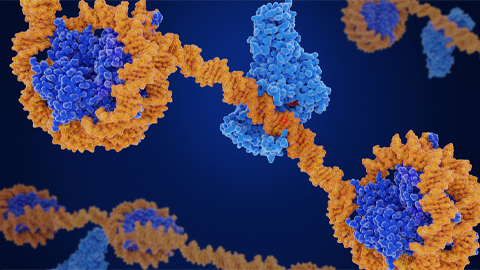
CRISPR epigenome editor offers potential gene therapies
Scientists from the University of California, Berkeley, created a system to modify the methylation patterns in neurons. They presented their findings at ASBMB 2025.
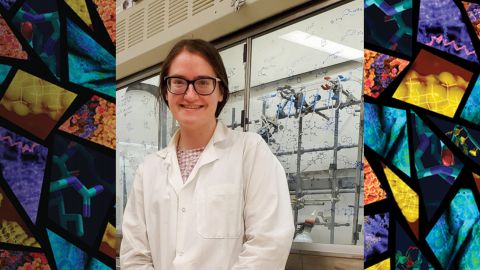
Finding a symphony among complex molecules
MOSAIC scholar Stanna Dorn uses total synthesis to recreate rare bacterial natural products with potential therapeutic applications.

E-cigarettes drive irreversible lung damage via free radicals
E-cigarettes are often thought to be safer because they lack many of the carcinogens found in tobacco cigarettes. However, scientists recently found that exposure to e-cigarette vapor can cause severe, irreversible lung damage.
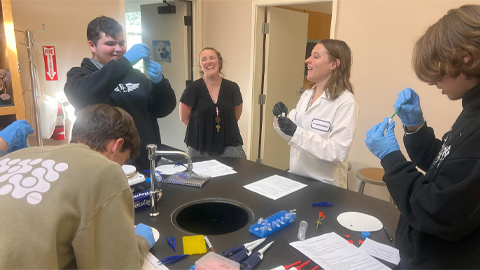
Using DNA barcodes to capture local biodiversity
Undergraduate at the University of California, Santa Barbara, leads citizen science initiative to engage the public in DNA barcoding to catalog local biodiversity, fostering community involvement in science.
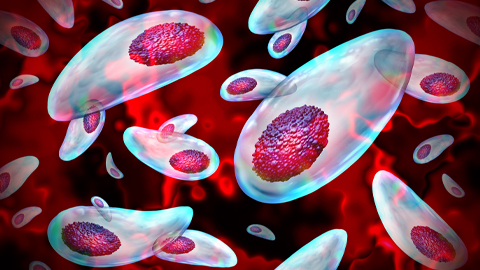
Targeting Toxoplasma parasites and their protein accomplices
Researchers identify that a Toxoplasma gondii enzyme drives parasite's survival. Read more about this recent study from the Journal of Lipid Research.
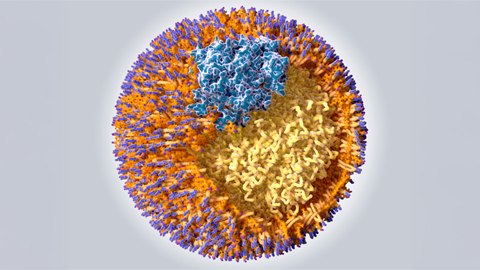
Scavenger protein receptor aids the transport of lipoproteins
Scientists elucidated how two major splice variants of scavenger receptors affect cellular localization in endothelial cells. Read more about this recent study from the Journal of Lipid Research.

